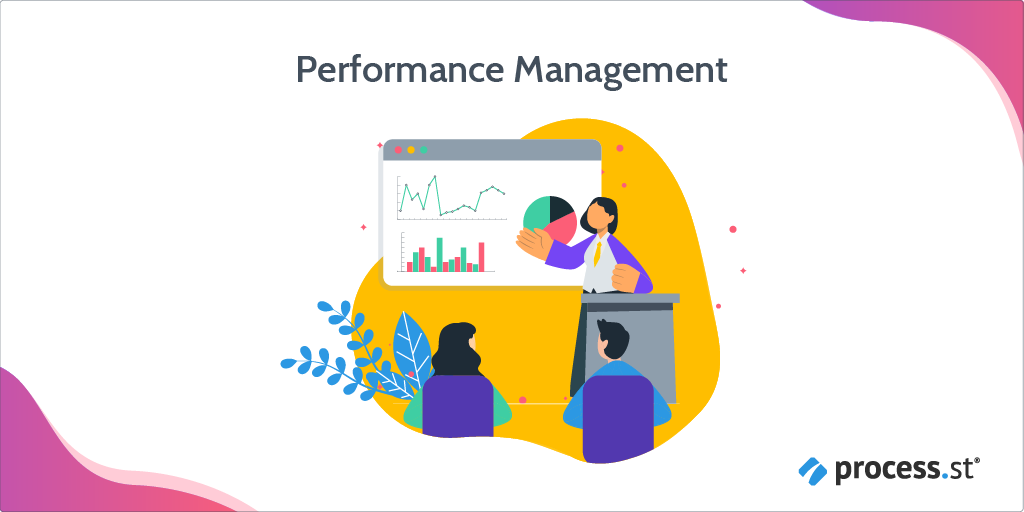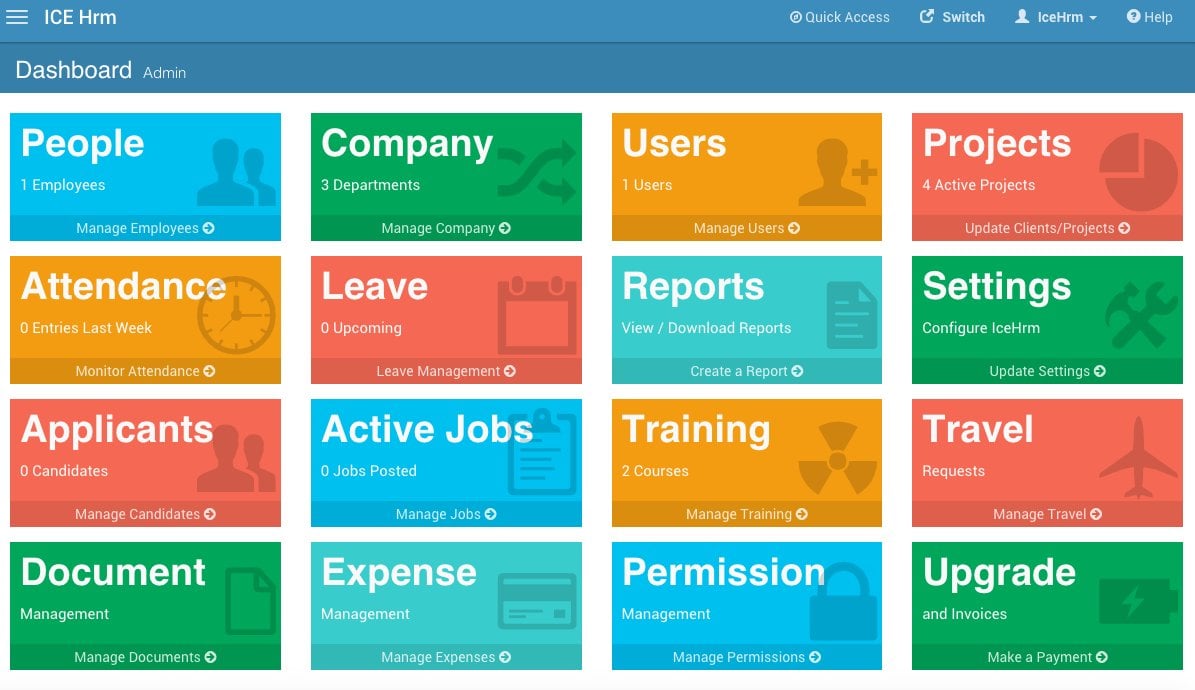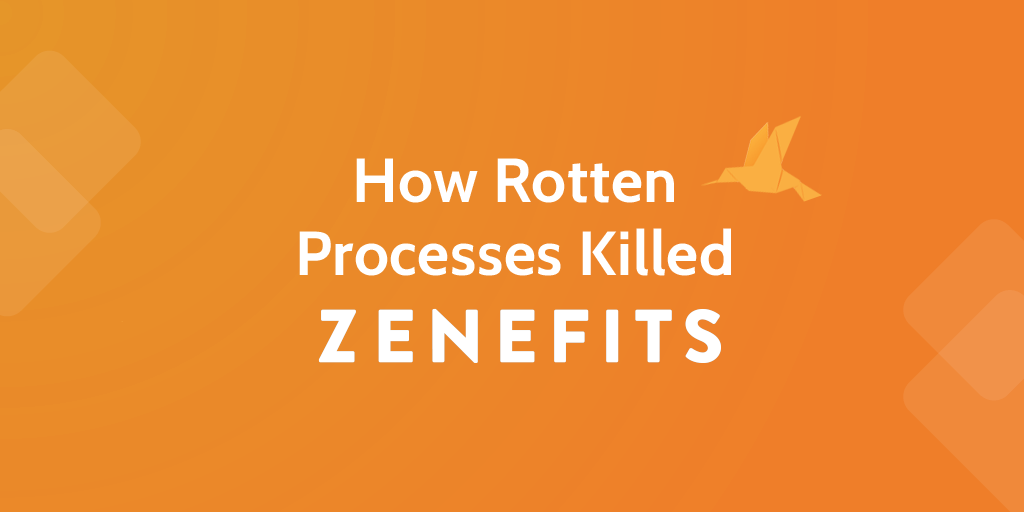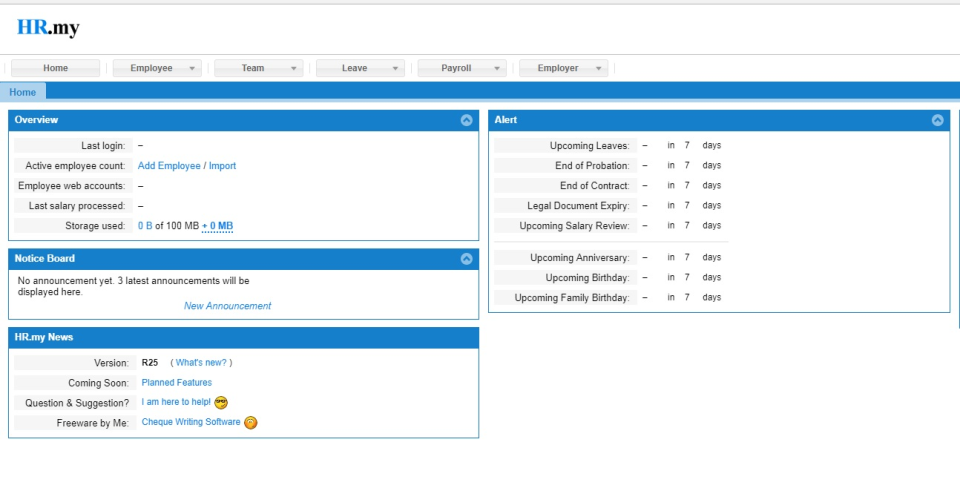 Employees are the vital force driving any organization, and as such, making sure that employee information is properly stored and managed is of utmost importance.
Employees are the vital force driving any organization, and as such, making sure that employee information is properly stored and managed is of utmost importance.
Despite the importance of employee data, many HR departments are still filing away paper forms and documents. This is not only inefficient and cumbersome, it’s also not the most secure option available.
Organizations must turn to software solutions for managing the efficiency of their internal HR procedures, while making sure to maintain the integrity of dealing with sensitive employee data.
In HR departments, poorly established and implemented policies and procedures directly impact the quality of life of employees within the organization. By tracking HR performance in a reliable way, businesses can improve efficiency and effectiveness of their business practices.
In this Process Street article, I’ll take a look at the reasoning for implementing a human resources information system, or HRIS, in your business, and break down:
- What is a HRIS?
- Benefits and solutions offered by a HRIS
- Key things to consider when looking for a HRIS
- HRIS features
- Best HRIS software
What is a HRIS?
HRIS stands for human resource information system. Simply put, it’s a tool to help keep employee data in order.
Think of it as using a combination of information technology and HR software to improve processes to achieve more goals in a HR department.
“The key goal for Human Resources is to lead the rest of the organization in creating an open, honest, and high performing workplace.” – HRM Handbook
A HRIS, then, allows HR to streamline its policies and procedures electronically, in order to better fulfill its intended purpose.
Another way of understanding a HRIS is to think about it as a simple software solution, akin to a BPM software tool. It allows businesses to gain advantages of electronic procedure management, such as automation, integration, and the optimization of all human resources, management, payroll, and accounting processes.
By implementing a HRIS, companies can manage their HR budgets more effectively, because fewer resources will be required to complete the same proportion of work, simply due to the streamlined nature of HR software solutions.
In most cases, utilizing a HRIS will also make it easier for HR management to make decisions, because having important data and information centralized in a single interface means that key factors and considerations can be viewed without unnecessary complications and delays.
HRIS or HRMS?
HRIS refer to any software system that is used to manage human resources information databases. Often, similar terms will appear, and may seem to be synonymous.
Some of these acronyms include:
- HRMS (Human Resource Management System)
- HCM (Human Capital Management)
- HRM (Human Resources Management)
- TMS (Talent Management System)
- ATS (Applicant Tracking System)
- LMS (Learning Management System)
Companies are often confused by this kind of jargon, which can often read like a jumbled battle of keyword supremacy and marketing noise.
What do the experts say? Mike Maiorino, founder and CEO of HRMS Solutions, identifies three main acronyms, neatly presented in the table below:

So, the HRIS refers to the combination of the basic HR policies and procedures in place with the principles of human resources management as a discipline.
Although, take this with a pinch of salt, as none of these acronyms are particularly well-defined, and no universally agreed on standard exists for the mapping of each of the acronyms to singular, distinctive solutions or methodologies.
Moving on from the pedantic labyrinth of HR acronyms, let’s take a look at some of the benefits of implementing a HRIS for your business.
Benefits and solutions offered by a HRIS
The main benefits of a HRIS lie in its ability to organize and manage data relating to the people within an organization, including:
- Demographic information about employees;
- Roles and responsibilities of employees, including pay rates, hierarchies, and time with an organization;
- Logistics and scheduling, including employee time-off.
I’ve expanded on the additional benefits a HRIS can bring below.
Easy access to documents
It’s important to note one of the key benefits – that information is collected and accessible from a single location.
What this means is you’ll never have to waste time sifting through unwieldy filing cabinets or chasing down paper trails.
With a HRIS, all information can easily be accessed, updated, tracked, and searched in seconds.
Compliance
The best kind of HRIS will allow for easy adaptation to changing regulations and compliance requirements. An example of this might be compliance with all General Data Protection Regulation (GDPR) requirements.
Time savings
HRIS helps to save time where processes are typically tedious and drawn-out. For example, taking time off takes seconds to approve in a HRIS, versus traditional methods.
Data can be instantaneously updated; and what’s more, these systems are one-time setup. Once they’re in place, they take next-to-no time to maintain.
HR strategy
When human resources departments have fewer operational and admin tasks to attend to, they can spend their valuable efforts pursuing goals and objectives that actually matter, like retention, productivity, company culture, and onboarding/offboarding.
Employee relations

A decent HRIS can help to improve employee relations and quality of life by eliminating tedious manual tasks and removing troublesome errors like miscommunication and misplacement of forms.
Other benefits that impact the employee experience include convenience of data searching, and improved onboarding or offboarding processes.
Convenience
Quite simply, a HRIS can make certain tasks like creating reports and assessing data highly streamlined, resulting in an overall higher level of convenience for all involved.
Key things to consider when looking for a HRIS
It’s not easy to decide what HRIS is the best fit for your company. You need to weigh up all of your options and make a decision based on a sometimes overwhelming amount of information.
There are certain factors you might want to consider to help you select the HRIS that is best for you:
- You need a system that can scale. You might be 15 employees strong today, but what about in 1 year? Make sure the HRIS you choose is capable of keeping up with your business growth.
- What are you actually trying to accomplish? Can the HRIS actually deliver? Are there additional components, or “add-on items” that are necessary to achieve your desired function? If that must be the case, make sure all of these separate components work flawlessly together.
- How easy is the software to learn? Will you need a dedicated HRIS expert to get even the basic functionality out of the software? Be sure you understand all training and support requirements that come with the tool you are considering. You should also make a point to check the customer support reputation of the company providing the HRIS.
HRIS features
Look for the following features in your HRIS:
- Tracking and measurements;
- Onboarding and offboarding;
- Timekeeping and attendance;
- Reporting and data analytics;
- Payroll;
- Support and learning management.
More broadly, any top-level HRIS will also offer:
Management of all employee information
Being able to adequately record information is central to a HRIS. Simple data such as names, titles, addresses, contact emails, notes fields, salaries, and images is a basic start.
More in-depth features in this regard might include organizational hierarchy, performance appraisals, company role history, employee feedback, and other important or sensitive information.
Company-related documents
Access to company-related documents via the HRIS such as employee handbooks, training manuals, emergency procedures, company policies, environmental policy manuals, quality manuals, and safety guidelines should be expected.
HRIS software might facilitate this via cloud upload infrastructure, or simply providing rich form field upload options for storing and viewing documents and files.
Benefits administration
A benefits administration program is an initiative aimed at ensuring maximum engagement among employees. It will take the form of a dedicated software function or database for storing, searching, and updating information about employee engagement, including the ability for employees to review their own information.
Complete integration with payroll
The ability of the HRIS to integrate with other financial software and accounting systems means that the company can ensure paychecks are correct and on-schedule.
When pay rates and frequencies are determined in the HRIS, payroll information will never display incorrectly, as the source information will be the same.
When these systems are not integrated together, it’s all too easy for mistakes to be made, for example one database being updated while the other is left alone.
Applicant tracking and resume management
Recruiters should be able to track and view resumes submitted at the click of a button.
Data and documents from new hires should be transferred from one department to another seamlessly, for example during the onboarding process, and the transition from “candidate” to “new employee”.
Similarly to the payroll integration, when applicant tracking and resume management is handled by the HRIS, data will match across payroll and other systems.
Performance management

Management should be able to run checklists and reports to see where certain employees are in terms of short and long-term succession plans.
These tasks all fall within the scope of performance management. In order to get the best results from your employees, you need to understand where productivity dips and spikes are coming from. The best way to gain insight into this is by using a checklist to lock down the process.
Disciplinary Actions
By keeping track of key events like suspensions, demotions, or similar negative actions against employees, references can easily be looked up and provided as and when they are needed.
This will also help HR admins determine whether or not a person is eligible for a rehire.
Training records
Training records are crucial for companies that depend heavily on certification and licensing procedures for new hires.
In contrast, other companies may not place such high importance on training procedures, but nonetheless having this information readily available will be useful to them.
To surmise, the most effective HRIS will tracks the following information for each employee:
- Attendance;
- Pay history;
- Past positions and responsibilities;
- Performance reviews;
- Development plans;
- Training received;
- Disciplinary action received;
- Personal information;
- Management and succession plans;
- Applicant tracking, interviewing, and selection;
- Employee onboarding;
- Employee offboarding.
Best HRIS software
Oracle HRMS: For HR-XML standards

Oracle Human Resource Management System (HRMS) is a cloud-based HR solution; primary features include performance management, payroll, learning and training management, a benefits management infrastructure, time and labor tracking, and a feature called “HRMS Intelligence”.
Other features include:
- Budget reports;
- Employee development;
- Performance data management;
- Workforce organization;
- Workforce development;
- Workforce measurement;
- Salary and compensation payments.
One of the chief strengths of Oracle HRIS is its utilization of the HR-XML standard. The HR-XML Consortium is a non-profit, volunteer-led organization dedicated to developing and promoting a standard suite of XML specifications for HR.
Needless to say, Oracle’s HRIS is fully HR-XML compliant.
IceHRM: Best open source option

IceHRM is a robust open-source solution that comes in two flavors:
- IceHRM open source (no limitations);
- IceHRM Cloud (free for up to 5 employees).
The open source option can help you create useful charts displaying information like roles and responsibilities, reporting hierarchies, as well as to manage employees, maintain reports, and track employee attendance.
Other features include:
- Attendance and absence;
- Recruiting;
- Expense tracking;
- Document management;
- Employee travel history.
Zenefits: For applicant tracking, onboarding, & offboarding

Zenefits’ HR solution shines for its dedicated personnel tracking, onboarding, and offboarding features.
The onboarding feature boasts full automation, allowing total customization of workflows for SMBs. So extensive is the automation that new hires can sign-off on documents and go through the company handbook with zero human interaction.
This is a kind of composite HRIS alternative – and one of the few solutions that will allow you to do it for zero cost.
If you want a free alternative that offers highly automated onboarding, Zenefits is for you.
HR.my: For payroll processing & best support

HR.my is a free cloud-based solution designed to allows SMBs to manage common HR requirements such as tracking attendance, time management, and payroll processing.
Other features include a dedicated employee self-service portal, and end-to-end SSL encryption.
However, by far the biggest advantage is HR.my’s extensive support offering, which is certainly a rarity for free HRIS solutions.
Using Process Street for HR workflow management
Process Street is a workflow management software for managing recurring tasks; you can combine it with your HRIS to automate the HR workflow and optimize your processes.
Take for example this New Hire Onboarding Process Template:
This is an example of a critical HR process; by using a Process Street workflow, employees can reduce error, increase accountability, and benefit from a standardized approach.
Integrated together with the HRIS of choice, information from the onboarding workflow (as well as all other HR processes) can be fed directly into the HRIS. Process Street streamlines this process with features like conditional logic, dynamic due dates, and role assignments.
In addition to all of our workflows, Process Street’s Pages allow you to create dynamic process documents that your teams can have access to and collaborate on, wherever they are in the world. And best of all, they’re free!
Process Street can help you streamline your entire HR department. Check out this video for a quick intro:
And if you haven’t already, don’t forget to sign up for your Process Street account!
How do you structure your HR department? What tools do you use? If you have any tips or insights, please let us know in the comments below.







Oliver Peterson
Oliver Peterson is a content writer for Process Street with an interest in systems and processes, attempting to use them as tools for taking apart problems and gaining insight into building robust, lasting solutions.